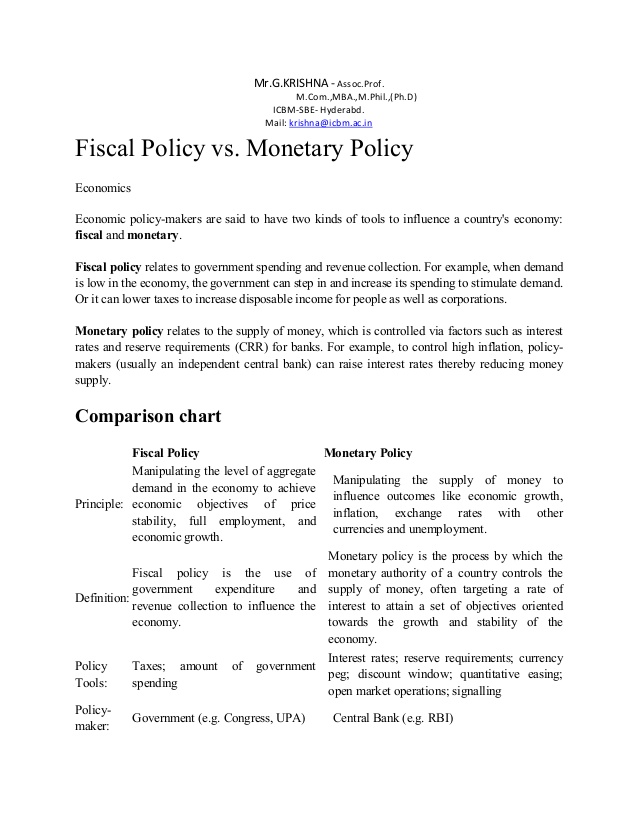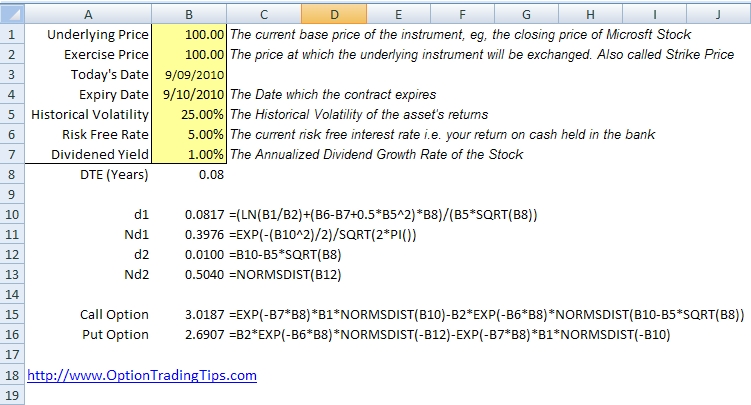Inventory or Stock Turnover Ratio Formulae Significance
Contents
Consequently, the presence of estimates in a push system results in excess finished goods inventory. The rate of inventory turnover is driven by a number of factors, including the following items. The turnover ratio for the market as a whole is computed as the ratio of turnover in rupees to market capitalisation. Higher turnover in a stock indicates better liquidity which means that it is easier to sell the stock in the market. Is around 10.86, although this varies widely between different types of retail.
The Inventory Turnover Ratio is the number of times a company sells or replaces the inventory during a given period. This calculation of inventory turnover is a gateway to many possible company benefits. Mentioned below are a few benefits you might want to know before we learn how to calculate Inventory Turnover Ratio. Meanwhile, if inventory turnover ratio increases as a result of discounts or closeouts, profitability and return on investment might suffer.
Do this by adding the beginning inventory to any purchases made during the period, and then subtracting the ending inventory. Inventory is comprised of all the goods a company currently holds in stock that will ultimately be sold. We hope that the article helped you understand the nitty-gritty of the Inventory Turnover Ratio.
Discover the products that 32,000+ customers depend on to fuel their growth. Material requirements planning, or MRP, is a related process to understand inventory requirements while balancing supply and demand. Average inventory smooths out the amount of inventory on hand over two or more specified time periods. JIT requires suppliers to work very closely with the manufacturer, often on the manufacturer’s premises. Since the manufacturer carries bare minimum in inventory, in a way it has traded off some buyer power in return for expediency and cost savings.
So, for healthy and efficient benchmarking, one should compare companies of the same industry and size. Like any metric, it’s not a one-time measurement, but rather a continuous evaluation. Your inventory turnover ratio can fluctuate over time, and you’ll want to make sure you respond accordingly. Turnover will also help you make better, smarter business decisions all around. You’ll know exactly what items need to be ordered or reordered. You’ll understand which units are underperforming, and so be able to come up with strategies to solve that—for example, by reviewing their price, discounting them and so on.
Analysts use COGS instead of sales in the formula for inventory turnover because inventory is typically valued at cost, whereas the sales figure includes the company’s markup. Some companies may use sales instead of COGS in the calculation, which would tend to inflate the resulting ratio. If a company’s cost of goods sold for the most recent year was $600,000 and its inventory during that year was $150,000 the inventory turnover was 4 times. This mean the inventory on average was converted to cash four times during the year. If the cost of goods sold was $300,000 and the average inventory was $150,000 the inventory on average turned to cash only 2 times during the year. On the other side of the equation, high turnover is generally a sign of success.
- The profits may be low due to excessive cost incurred in replacing stocks in small lots, stock-out situations,.
- Therefore, with the help of the Inventory Turnover Ratio, you can exactly estimate the amount of inventory to replace instead of blindly stocking up.
- These are all important decisions — for a company to remain financially healthy and competitive, it needs to keep its product mix aligned with customer demand.
- The volume of inventory sold can be enhanced by increasing the volume of marketing activities.
- Demand could be high at the introduction and growth stages, leading to high turnover rates.
- Thus, it is very essential to keep sufficient stocks in business.
The inventory turnover ratio is one of the gauges of that movement. It shows how well a company manages inventory that comes from suppliers and moves through the supply chain. Whether goods are perishable, seasonal, or highly vulnerable to changing trends, excess stock can easily become a burden to your cash flow, if not carefully handled.
What is the average inventory turnover ratio by industry?
In this situation, high profits cannot be earned by the company. Hence, there is a need of further investigation before interpreting the stock turnover ratio to get final results. Besides, there is no rules of thumb or standard inventory turnover ratio. https://1investing.in/ It indicates weak sales, low product demand, inefficient cash flow and poor liquidity. The ideal inventory turnover ratio is between five and ten. A low inventory turnover ratio can mean that the company is unable to sell its inventory on time.

DSI is calculated as average value of inventory divided by cost of sales or COGS, and multiplied by 365. A company’s inventory turnover is often expressed as the company’s cost of goods sold for a year divided by the average cost of inventory during the same year. The result of this calculation is the inventory turnover ratio.
This means that the time between the cost incurred to buy inventory to build and the revenues from the final product shipment is now shorter. This ties up less of a company’s capital for a shorter time, thereby reducing the size of the working capital needed. Inventory or Stock Turnover is otherwise called as stock velocity.
For grocery stores it’s more like 14, while car dealerships are as low as three. The financial industry has an incredibly high ratio of around 48, as these firms don’t hold much physical inventory. Very high turnover might actually be a bad thing—it can mean you’ve got too little stock, which will be a problem if there’s a sudden spike in demand. Keep an eye on escalating turnover rates and look for underlying issues. So, if your total sales are $40,000, and the average inventory value is $10,000, your turnover would be four. If the inventory ratio is too high, meaning somewhere in the double digits, then your company is limiting its revenue by curtailing sales to fit a too-small inventory supply.
We can calculate it by subtracting gross profit from the selling price. It is readily available in the company’s income statement. Inventory turnover, or the inventory turnover ratio, is the number of times a business sells and replaces its stock of goods during a given period. It considers the cost of goods sold, relative to its average inventory for a year or in any a set period of time.
Example of an Inventory Turnover Calculation
If a product is central to your sales or is seeing a surge in market demand, faster or guaranteed delivery times for those items or vital components may be more important. In any case, streamlining the supply chain to eradicate inefficiencies will benefit your sales, profits and overall margins. A primary way to apply inventory turnover ratios in a practical manner is to optimize your inventory management. For most industries, the ideal inventory turnover ratio will be between 5 and 10, meaning the company will sell and restock inventory roughly every one to two months. For industries with perishable goods, such as florists and grocers, the ideal ratio will be higher to prevent inventory losses to spoilage.

Avenue Supermarts Ltd (D’mart) might have huge amounts of inventory before Diwali. However, this will drop drastically post the festivities. Hence, average inventory is considered to calculate inventory turnover ratio. Inventory turnover ratio is the number of times a company sells its entire inventory in a year.
How Else Can Inventory Turnover Ratio Be Used?
While a high level of inventory turnover is an enticing goal, it is quite possible to take the concept too far. Thus, there is a natural limit to the amount of inventory turnover that your customers will tolerate, just based on the duration of order backlogs. Efficient inventory management is a key to business success.
Most crucially, how well planned your inventory movement is. Now that you know why Inventory Turnover Ratio is so crucial to your business. In a business, failing to keep up with the customer’s demand is the biggest nightmare. One of the common reasons for that to occur would be a shortage of inventories. And especially if you are a small business, beware, a shortage of goods is not something you even want in your records. The ratio should only be compared for companies operating in the same industry, as the ratio varies greatly depending on the industry.
Competitors including H&M and Zara typically limit runs and replace depleted inventory quickly with new items. There is also the opportunity cost of low inventory turnover; an item that takes a long time to sell delays the stocking of new merchandise that might prove more popular. A high inventory turnover ratio, on the other hand, suggests strong sales. Alternatively, it could be the result of insufficient inventory. As problems go, ensuring a company has sufficient inventory to support strong sales is a better one to have than needing to scale down inventory because business is lagging.

Conversely, marketing activities are not needed when inventory levels are relatively low and when sales have not yet begun to decline. In short, marketing activities should be planned based on the inventory turnover trend for specific inventory items. The inventory turnover ratio cannot be used to predict the profitability of a business. Some businesses, such as manufacturers of luxury goods, typically experience slow inventory turnover, and yet can produce spectacular profits. Retailers’ ability to convert inventory into cash is called inventory ratio. Put simply, this is the rate at which goods are sold and the number of times a retailer replenishes its stock over a limited timeframe.
Inventory Turnover Ratio: Meaning and Interpretation (With Equation) | Efficiency Ratios
Tracking your inventory turnover yearly or quarterly can make you aware of any shifts. When you see your stock turns shoot up or drop down, you should find the cause and intervene if needed. Potential investors might also look at your stock turns to gauge your company’s efficiency compared to similar businesses in the market. Whether you’re looking for investors or not, it can be helpful to compare your turnover to your industry average or direct competitors.
A seller can arrange with its supplier to ship goods directly to a customer. By using such a drop shipping arrangement, the seller maintains no inventory levels at all. However, this can reduce the speed of delivery to customers, since the seller has no control over the speed with which the supplier ships goods. The inventory turnover measure can be incorporated into an organization’s budgeting and management systems, so that it can take the actions noted below. 3) Divide the cost of goods solved by average inventory cost. Your balance sheet will tell you the COGS, the value of your beginning and ending inventory, and your annual sales figures.
Significance
Therefore, with the help of the Inventory Turnover Ratio, you can exactly estimate the amount of inventory to replace instead of blindly stocking up. The success of any business is marked by how efficiently and effectively the company resources are utilized. What you must also do is evaluate how often the resources are replaced. Moreover, when you are wheeling and dealing with a myriad of resources, it is essential to keep an account of everything. Be it the manufacturing, selling, or restocking of goods. With eSwap you will separate archives for seasonal items to help you manage your inventory more effectively.
Turnover ratio also reveals a lot about a company’s forecasting, inventory management and sales and marketing expertise. A high ratio implies strong sales a low inventory turnover indicates amount tied up in stocks or insufficient inventory to support sales at that rate. Conversely, a low ratio indicates weak sales, lackluster market demand or an inventory glut.
